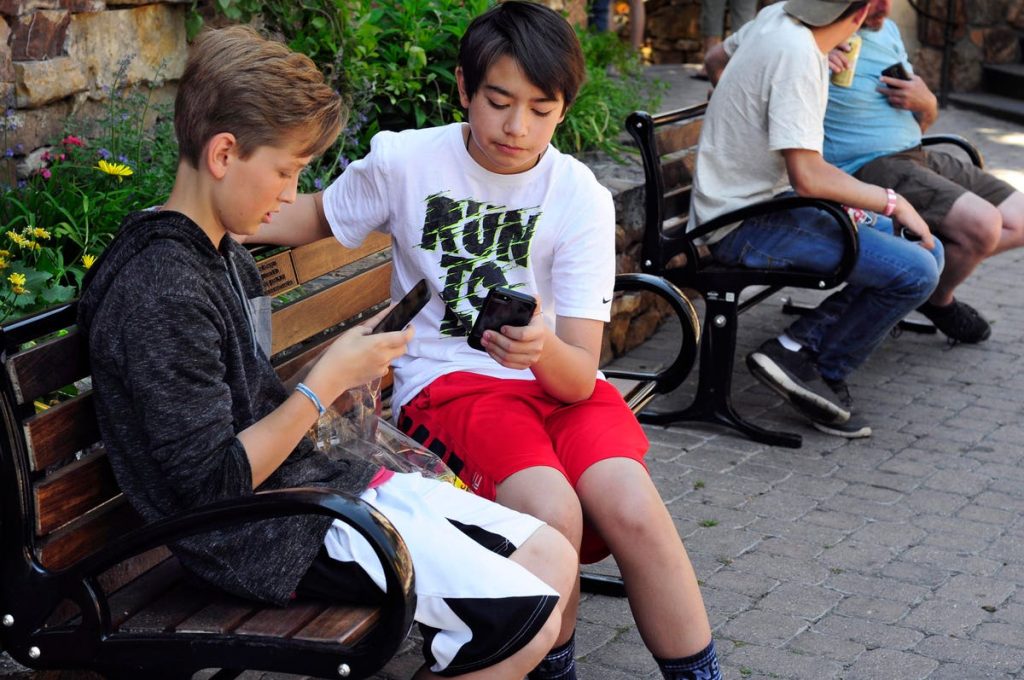An argument has been made that students should be taught at least the fundamentals of using social media. It could become a second set of the “3 Rs” of education. Along with “reading, writing and arithmetic,” the social media 3Rs could perhaps include “research, responsibility and respect.”
The ability to “research” could help ensure that younger users of social media are taught how not to believe everything they see posted, and this could help stop the spread of misinformation. “Responsible” use of social media is also something that helps those users understand that they need to be careful of what they post, while “respect” is what should be shown to other users.
More Social Media Users Could Mean More Problems
Such a curriculum could become all the more necessary as the number of users of social media is likely only set to increase in the coming years.
‘The number of global social media users has increased from 970 million people in 2010 to 2.96 billion in 2020, according to Statista,” said Dr. Vivian Maria Vasquez, professor of education at American University.
“Children today are born and inducted into this world of increased media use, a world in which new technologies and new forms of communication are widespread,” Vasquez added.
Moreover, as technology has become more readily available and children have gained greater and more independent access, the amount of time they spend with tablets, streaming, and social media access has increased.
“The possibility of instantaneously broadcasting life experiences as they unfold has also increased with the use of social media spaces. Companies sell their products and news organizations and governments leverage quick access to social media outlets as a way to rapidly make information available in real-time,” Vasquez noted.
For those reasons, today’s youth may need to be equipped with tools that help them to navigate online spaces such as social media. Vasquez is among those who believe that critical media literacy needs to be a part of literacy teaching and learning in the classroom.
Moreover, Stacie Pettit, associate professor of teacher education at Augusta University Online, suggested that a greater emphasis should be placed on media literacy and social media awareness.
“In other words, students don’t need lessons on the platforms themselves, but on how to recognize credible information online and how to stay safe on the Internet,” Pettit explained. “As far as the use of social media in education, it can be one engagement tool in the teacher’s toolbox to help connect and be relevant with students. However, teachers should think about the actual purpose of using social media and not just implement it for the sake of using it.”
A New Medium
Though other mediums didn’t require such education—no one ever taught anyone how to watch TV or even how to play video games—a difference here is how social media can impact the user in ways that other media does not.
This could include providing younger users with some insight in how this medium is affecting people’s lives.
“Such as producing an unprecedented increase in loneliness, depression, anxiety, which has led to the highest teen suicide rate in our recorded history,” noted Anthony Silard, professor at Luiss Business School in Rome, and the author of The Art of Living Free in the Digital Age.
“The reality our kids and teens are encountering every day of their lives is that phones and social media are as undeniably captivating to them as they are to us, and both are here to stay,” said Silard. “Until we prepare them for this new dimension of their lives, we will continue doing what we’ve been doing: setting them up for failure.”
This is where it could back to those new Rs—so that children understand how to be respectful of others, how they need to take responsibility for what they post and how they shouldn’t contribute to the spread of falsehoods via the platforms.
“Children need to understand how to critically reflect on the social media messages they encounter directly and indirectly so they aren’t duped by what they see, hear, and read,” said Vasquez.
“Children need to be able to make informed decisions about what to take away from the social media messages they encounter and what to leave behind,” she added. “We need to create spaces in our classrooms for children to understand how words and images used in the media work to position individuals, people, and groups in particular ways. Helping children understand the real-life functions of text is an important component of growing as a critically literate individual who can participate fully in the world around them and contribute to making the world a better place.”
Read the full article here










